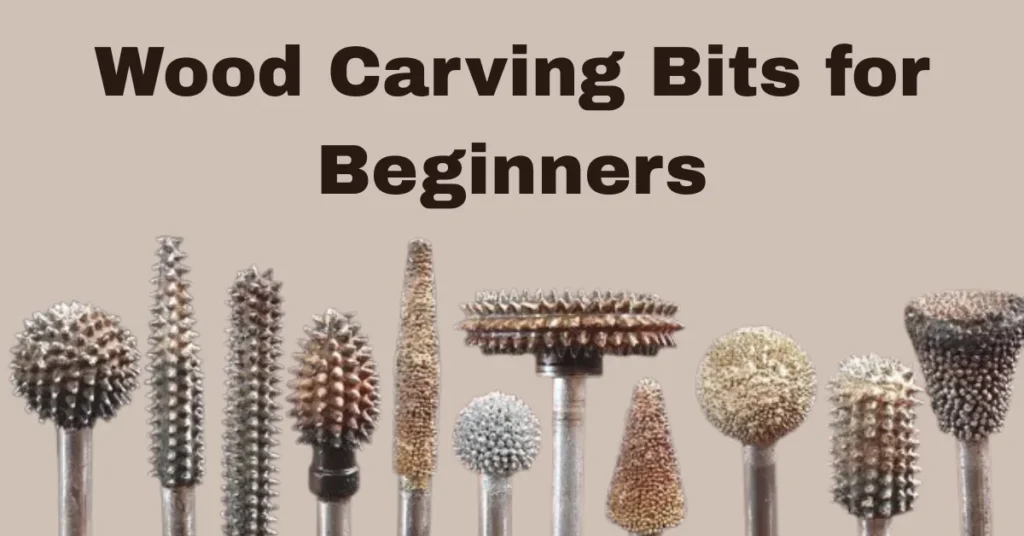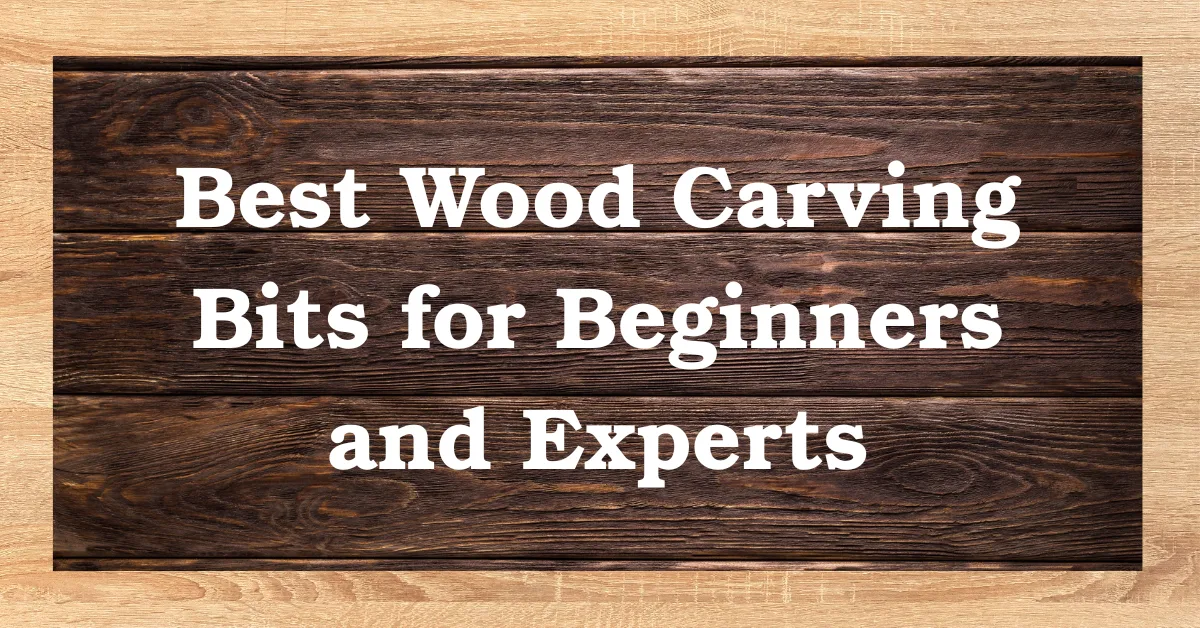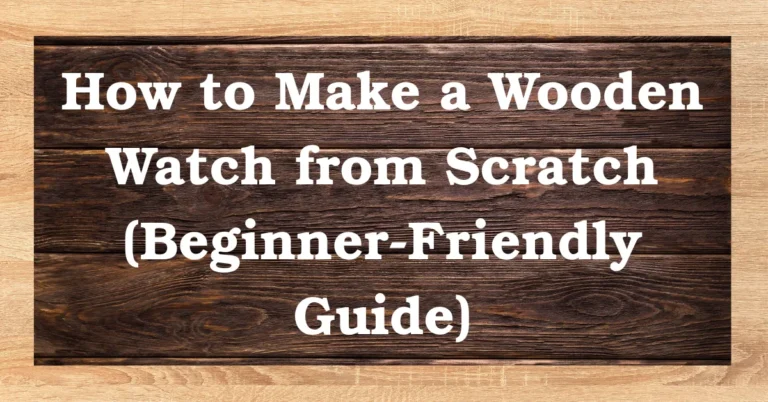Best Wood Carving Bits for Beginners and Experts
Wood carving requires precision, and having the right carving bit makes all the difference.
Whether you’re a beginner or an experienced carver, understanding the different types of bits helps you achieve cleaner cuts and better results.
This guide explains the most common wood carving bits and how to pick the best one for your project.
Types of Wood Carving Bits
1. Straight Bits
Straight bits are the most basic and versatile. They cut clean lines and are ideal for making straight grooves, dado cuts, and flat-bottomed carvings.
Available in different diameters, they work well for both rough shaping and fine detailing.
2. Ball Nose Bits
These bits have a rounded tip, perfect for creating smooth curves and 3D contours. They’re commonly used for sculpting, lettering, and decorative carvings where soft edges are needed.
3. V-Bits
V-bits have a sharp, angled tip that produces crisp, clean lines. They’re great for engraving, sign-making, and adding fine details to carvings. The angle (usually 60° or 90°) determines how deep and wide the cut will be.
4. Fluted Bits
Fluted bits have spiral grooves that help remove wood chips efficiently. They’re excellent for deep carving and hollowing out wood quickly without clogging.
5. Diamond Bits
These bits have a pointed, faceted tip and are used for precision detailing and texturing. They work well for adding intricate patterns or refining small areas.
6. Fishtail Bits
Fishtail bits have a flat, wide tip that allows for broad, smooth cuts. They’re useful for flattening surfaces and creating wide, shallow grooves.

Choosing the Right Bit for Your Project
- For detailed engraving → V-bits or diamond bits
- For smooth curves → Ball nose bits
- For deep carving → Fluted or straight bits
- For texturing → Diamond or specialty-shaped bits
Tips for Better Carving
- Match the bit to your tool – Ensure the shank size fits your rotary tool or CNC machine.
- Start slow – Higher speeds can burn the wood; adjust based on the wood’s hardness.
- Keep bits sharp – Dull bits tear wood instead of cutting cleanly.
- Test on scrap wood – Practice cuts help you adjust depth and speed before working on your final piece.
Final Thoughts
The right carving bit improves precision and makes woodworking more enjoyable.
Whether you’re shaping a large sculpture or adding fine details, having a variety of bits lets you tackle any project with confidence.
Start with a few basic types and expand your collection as you take on more complex carvings.







